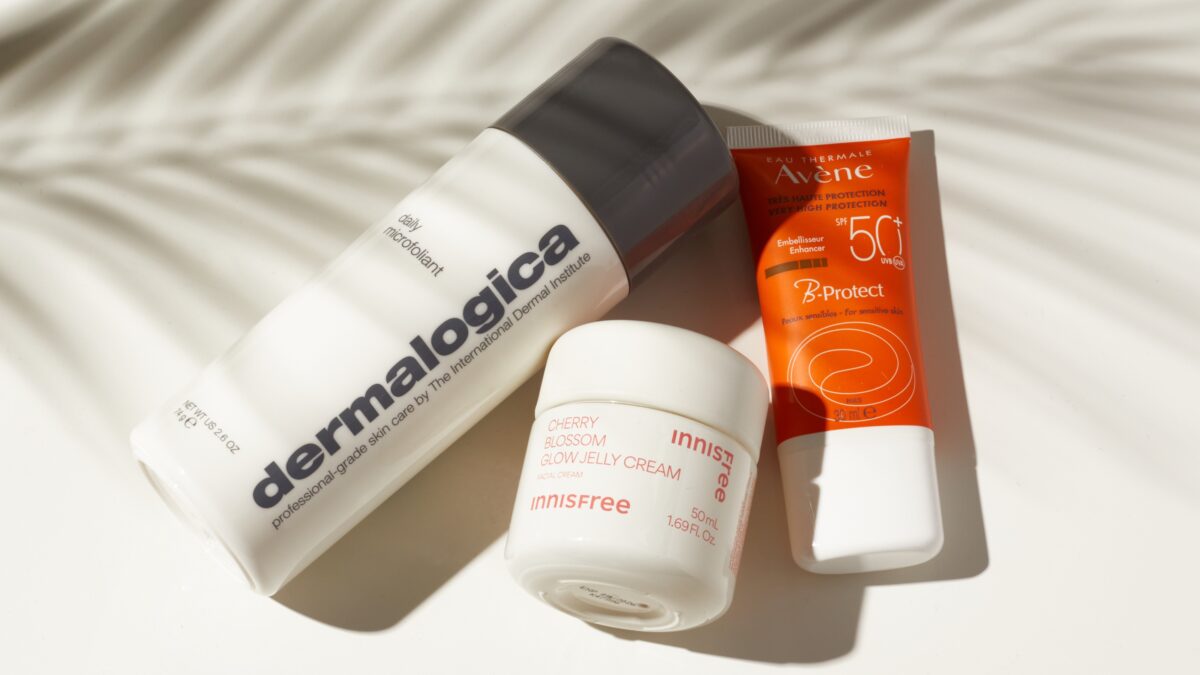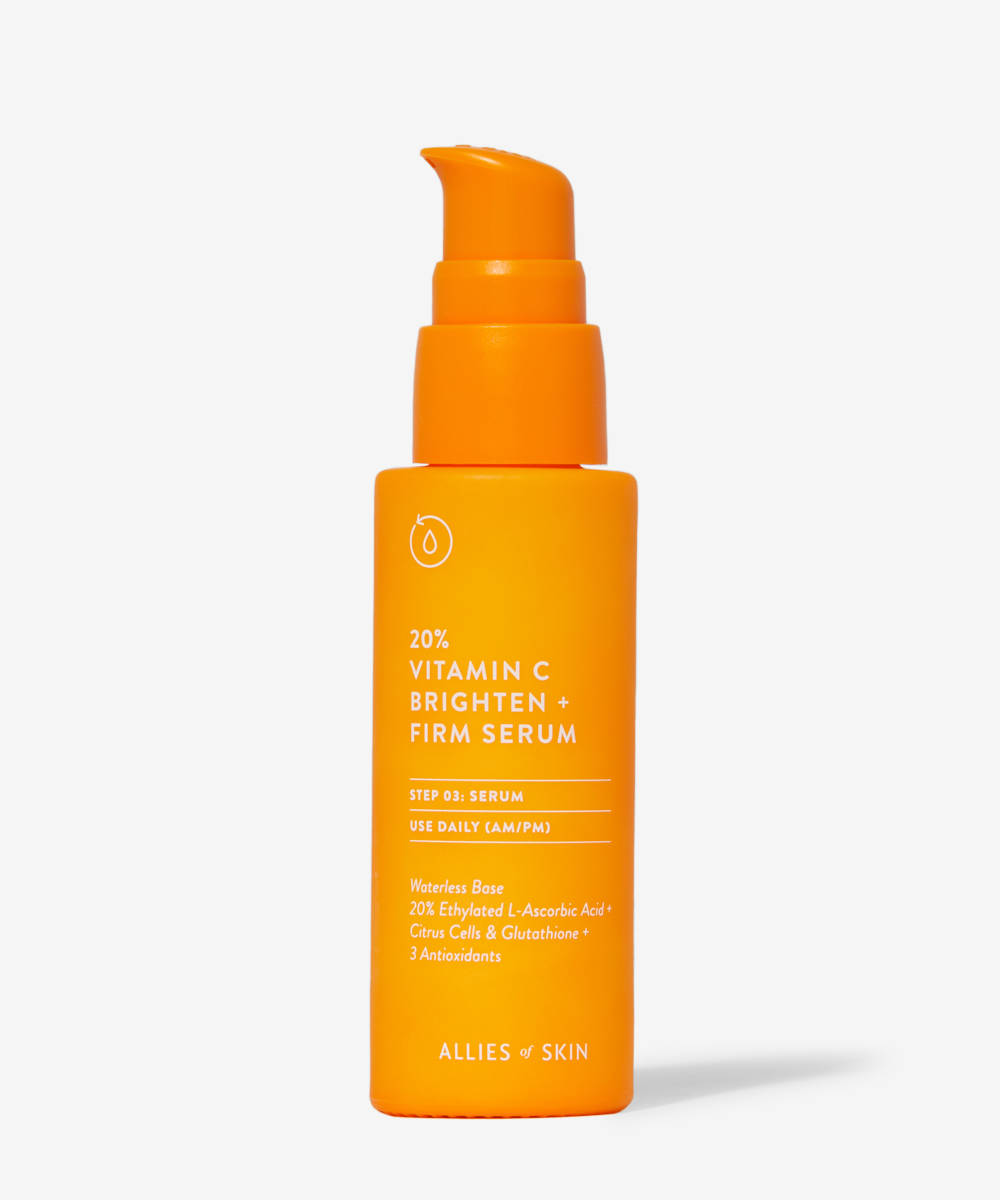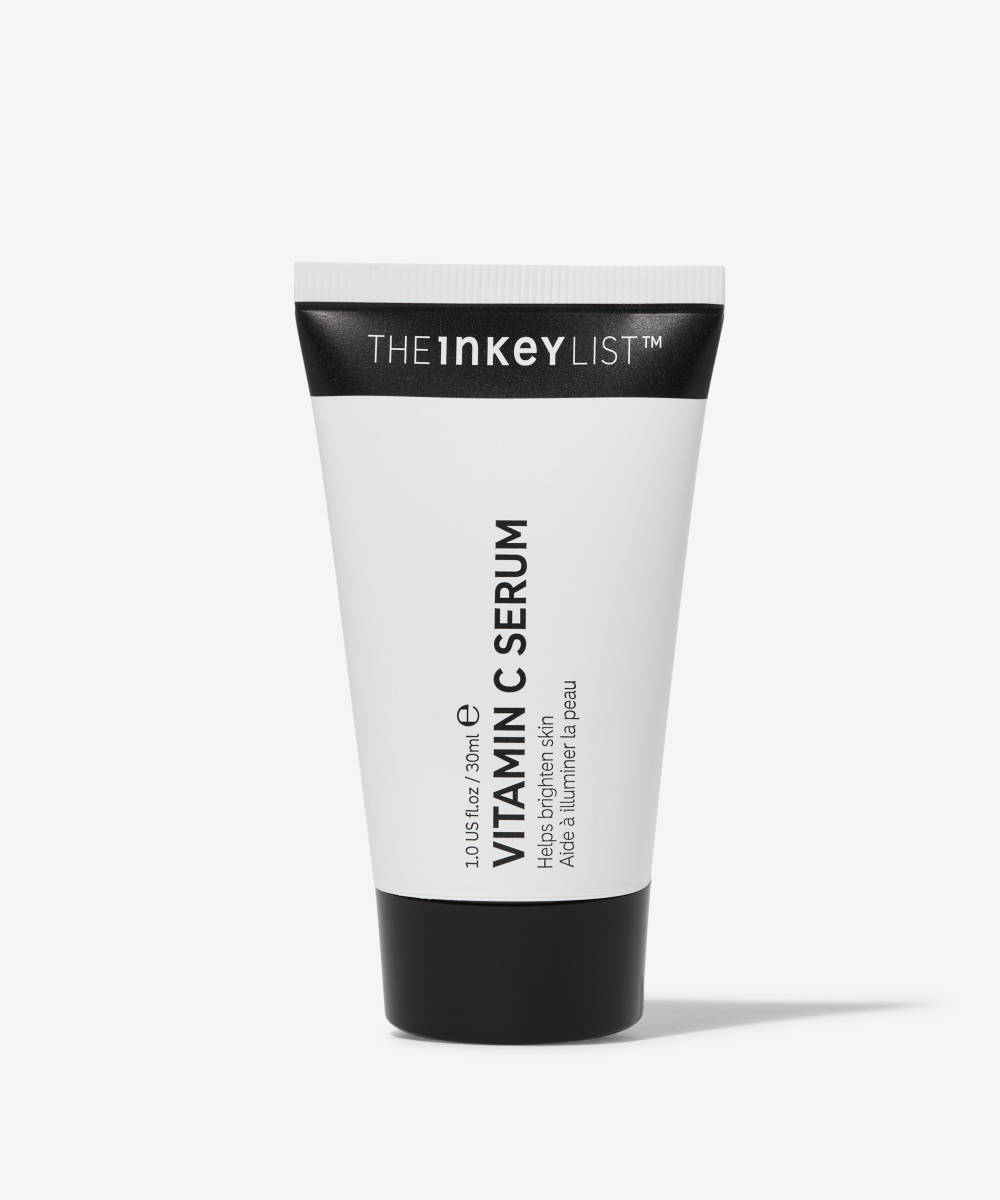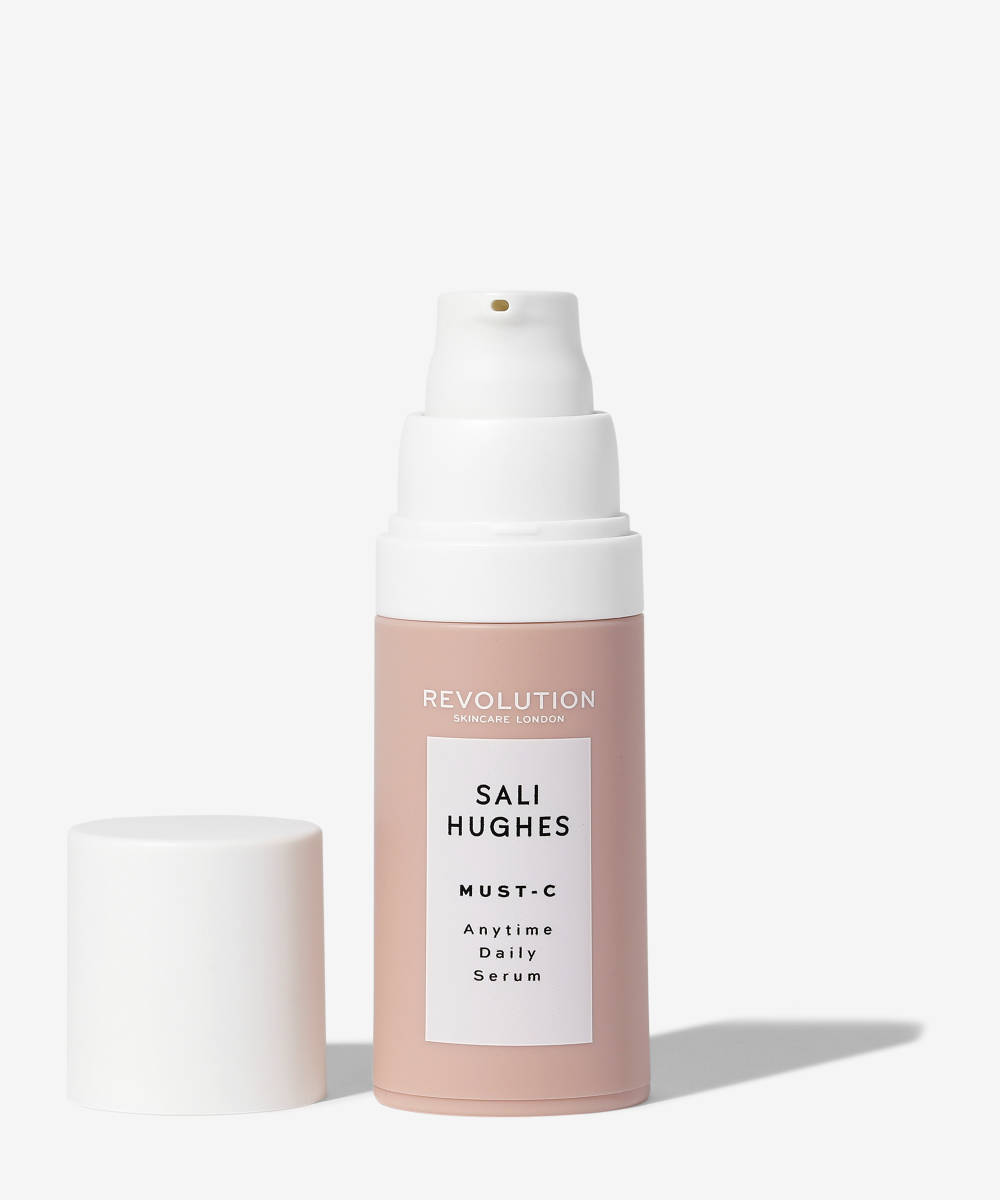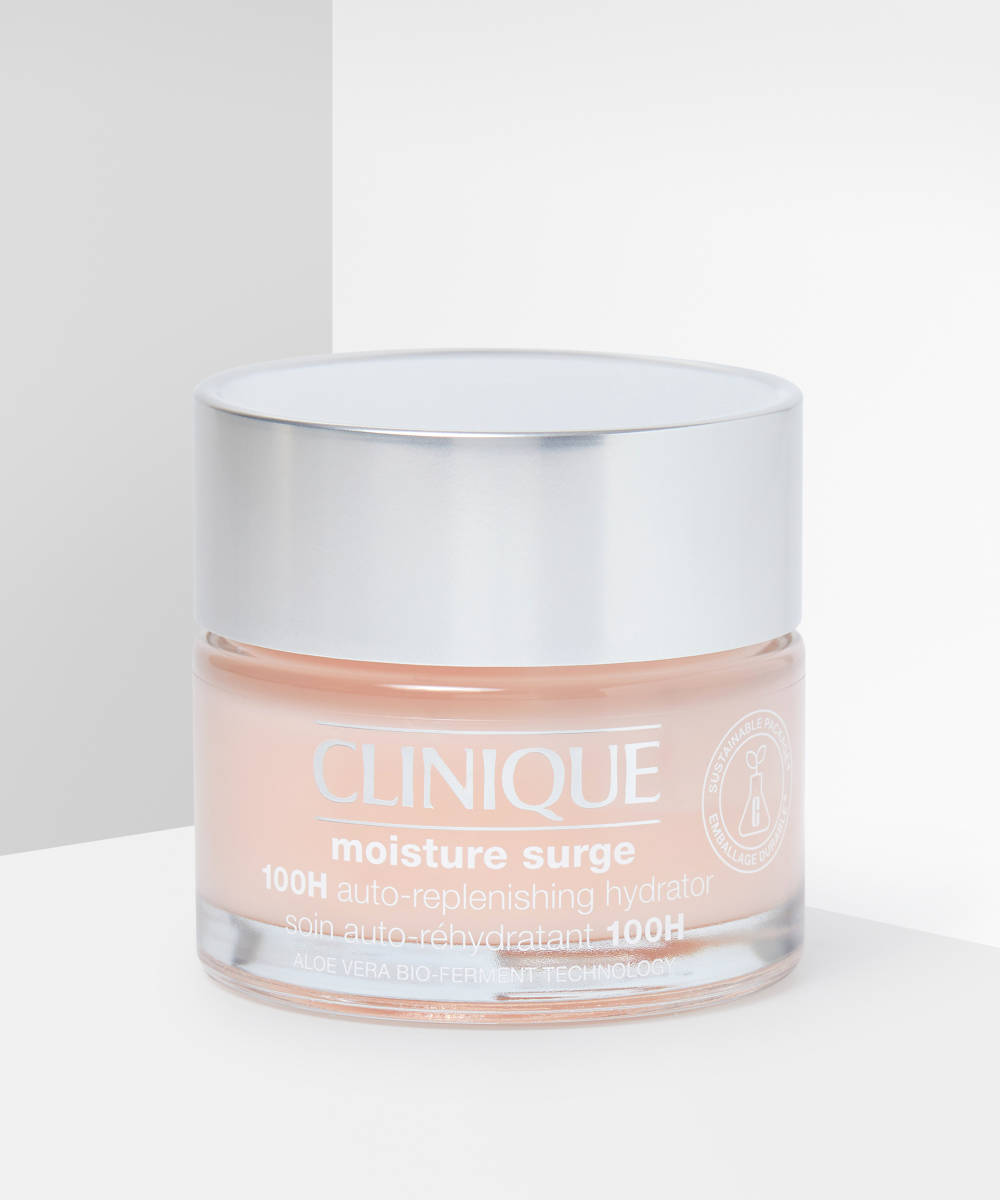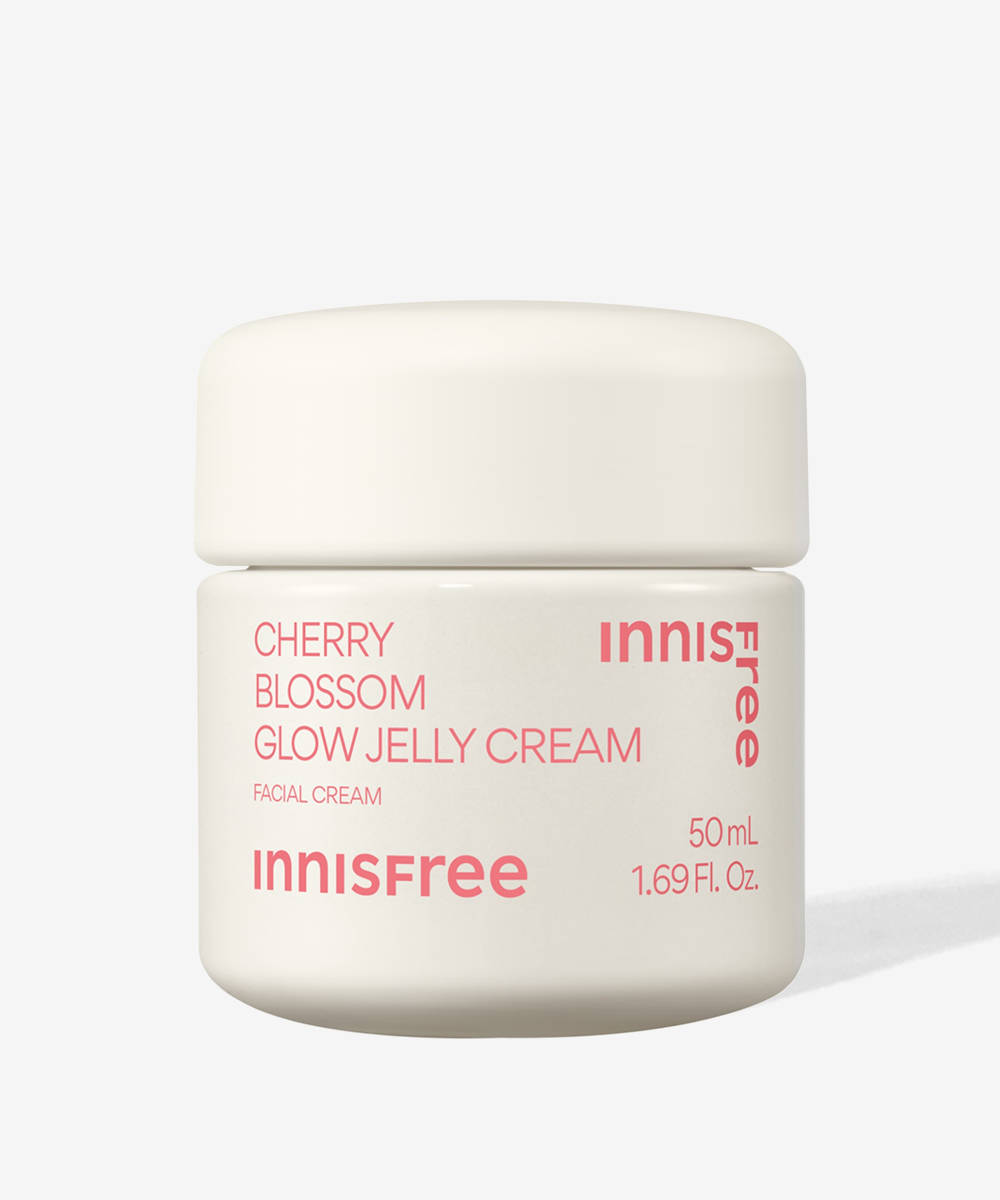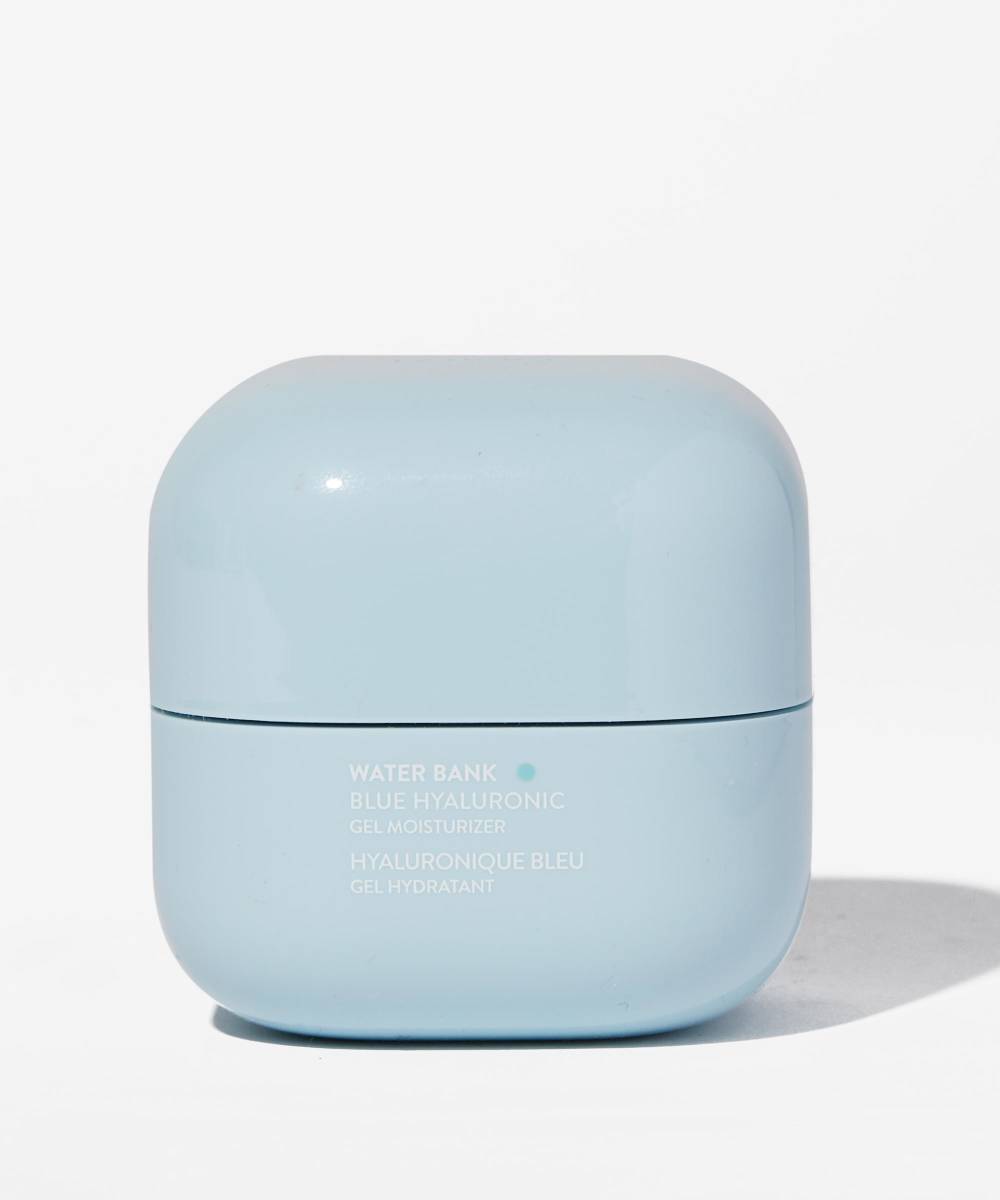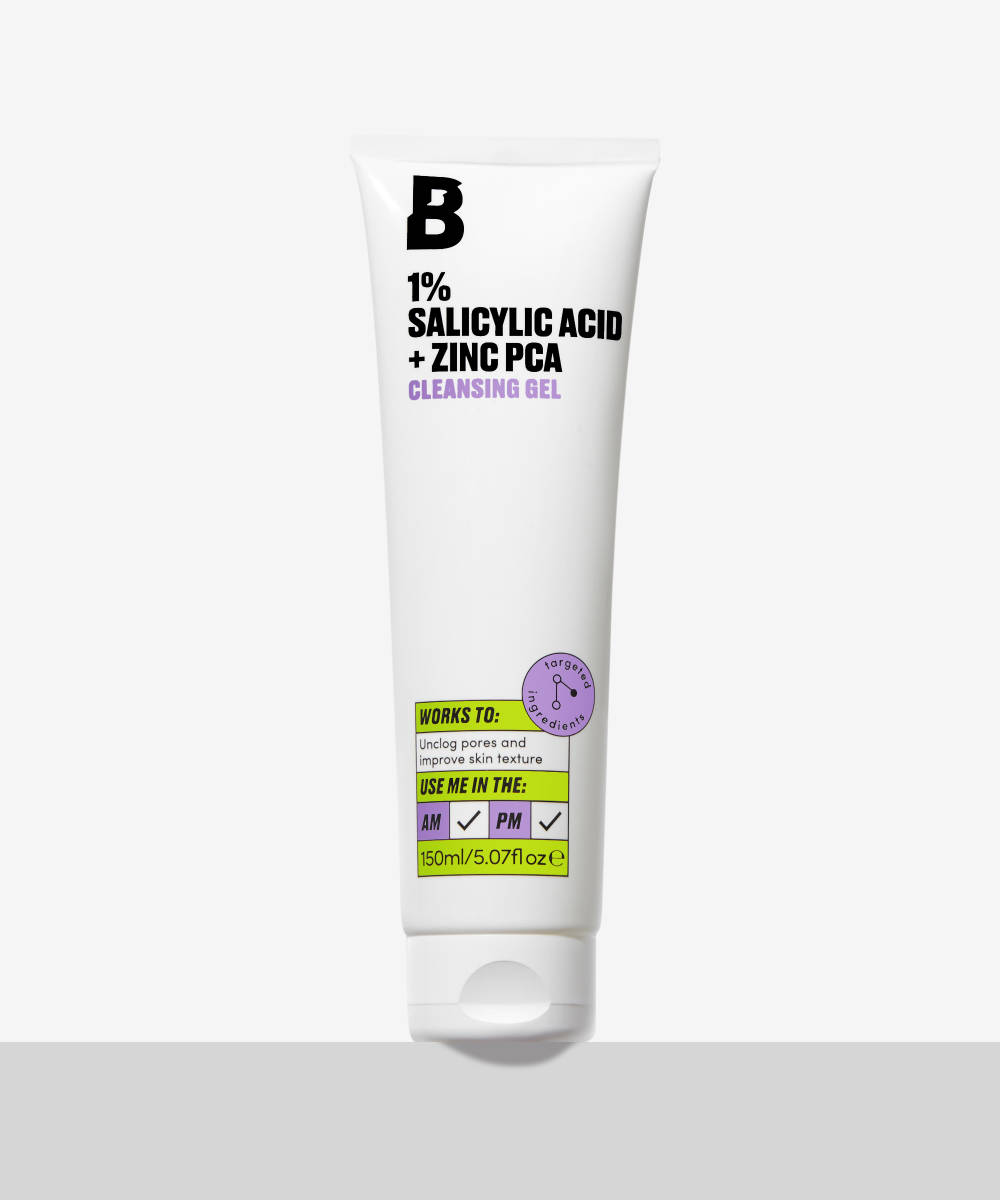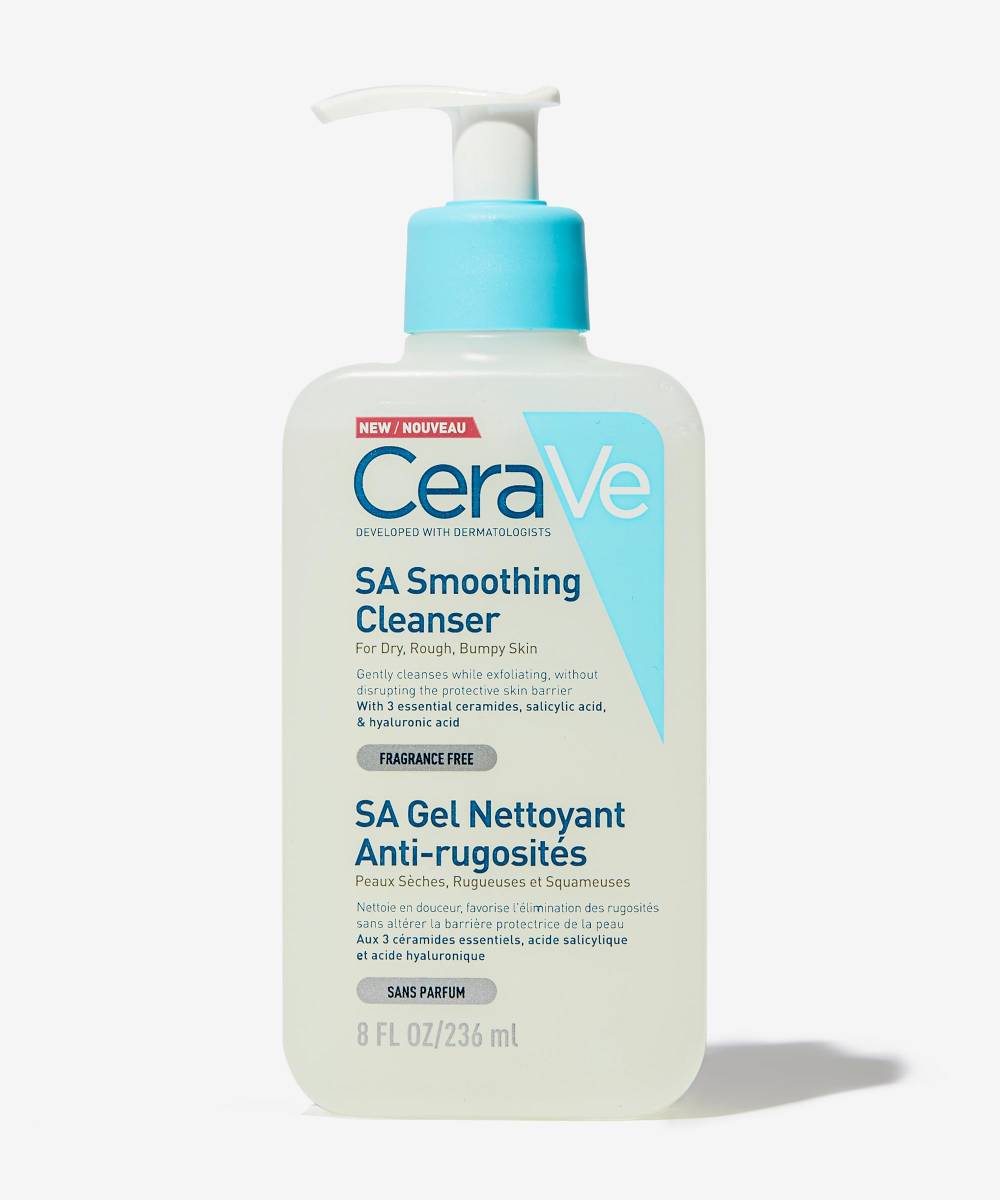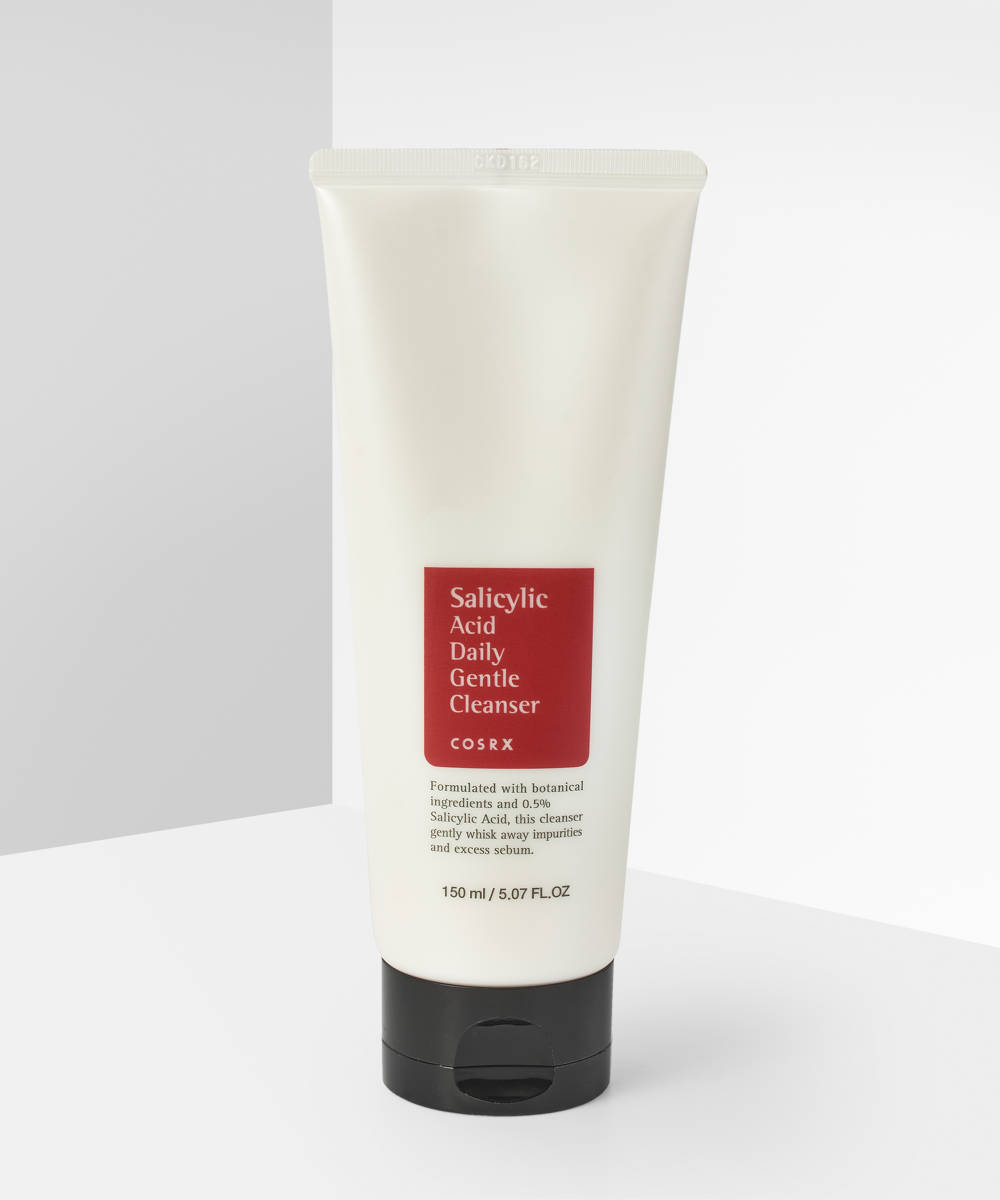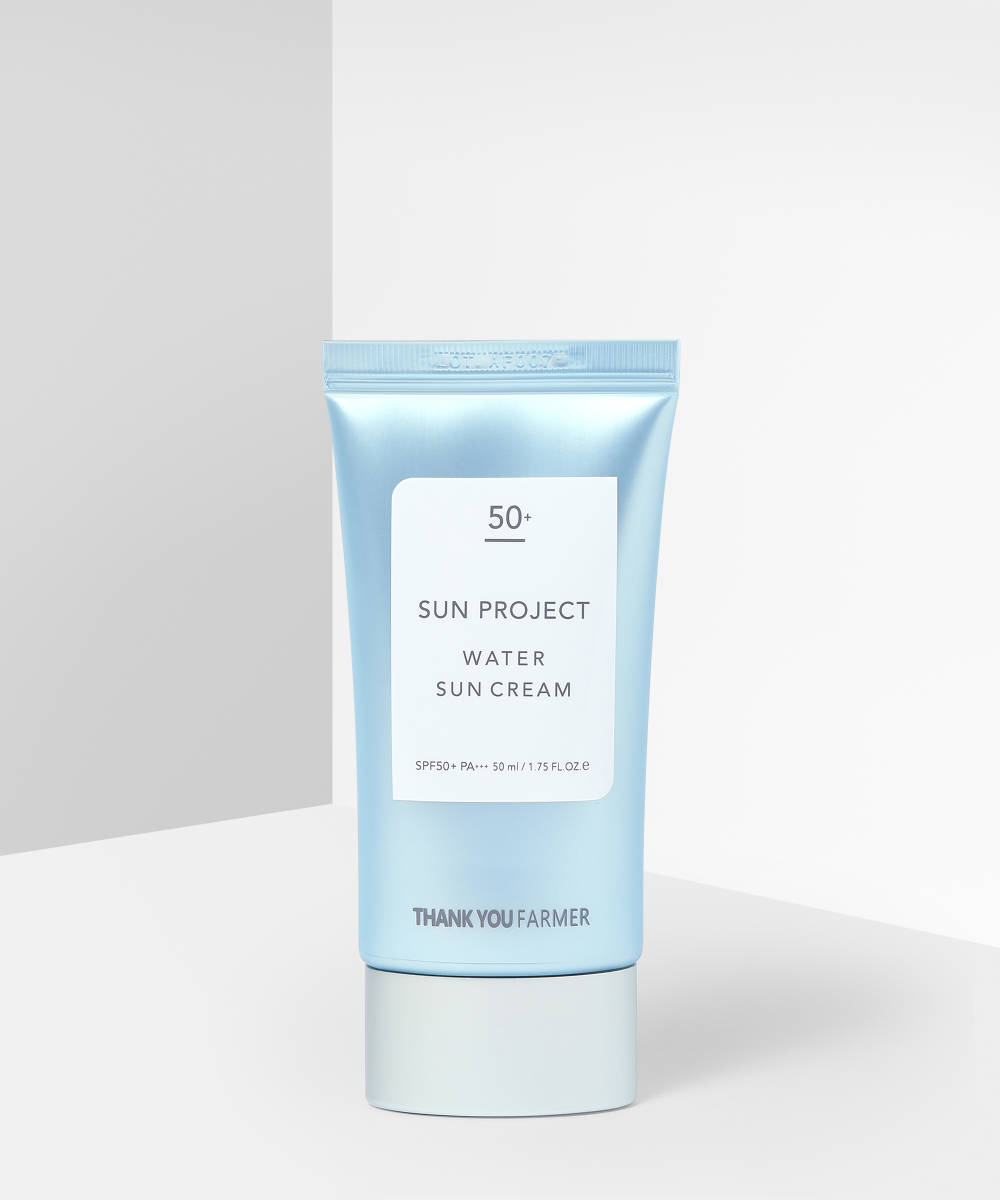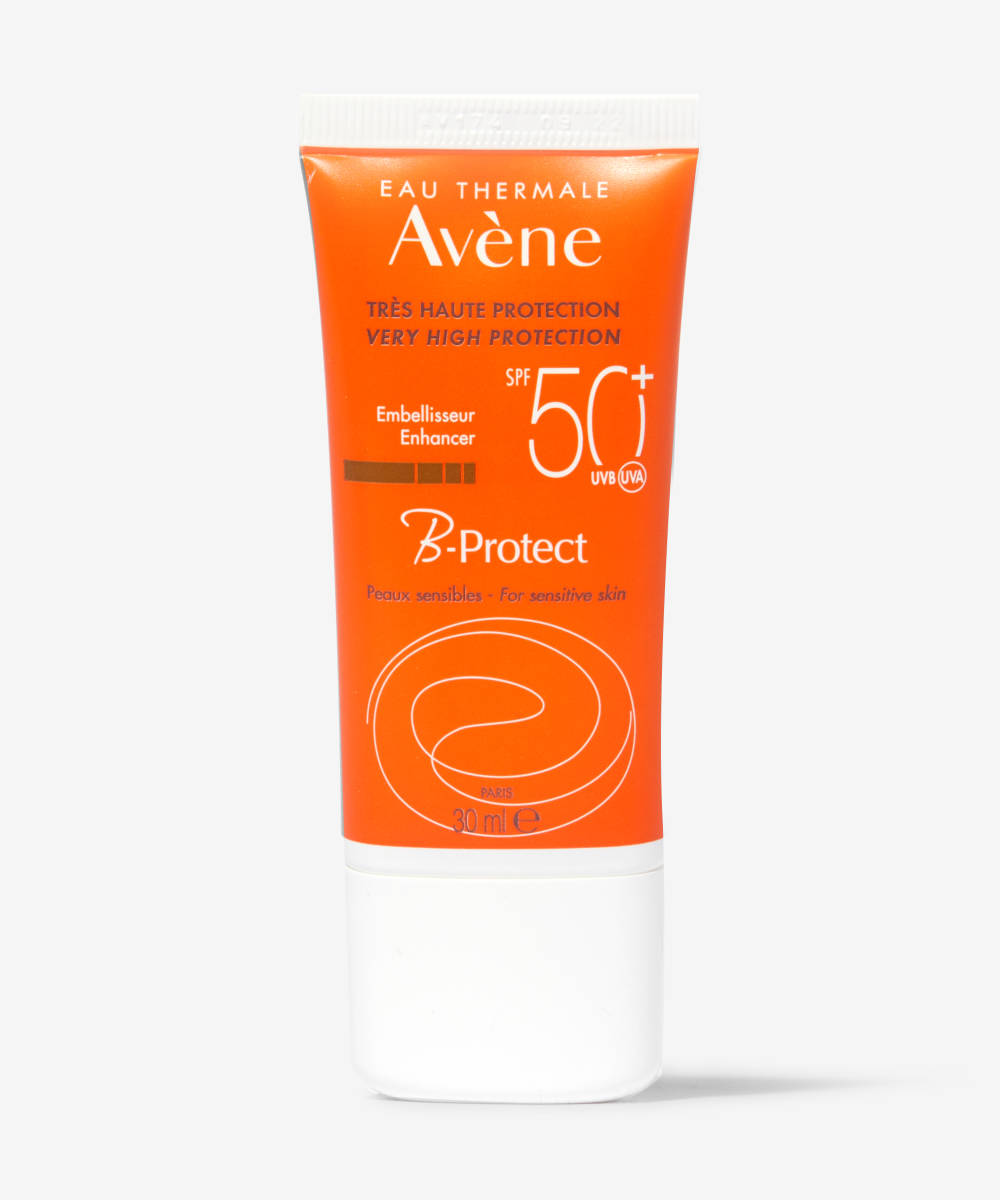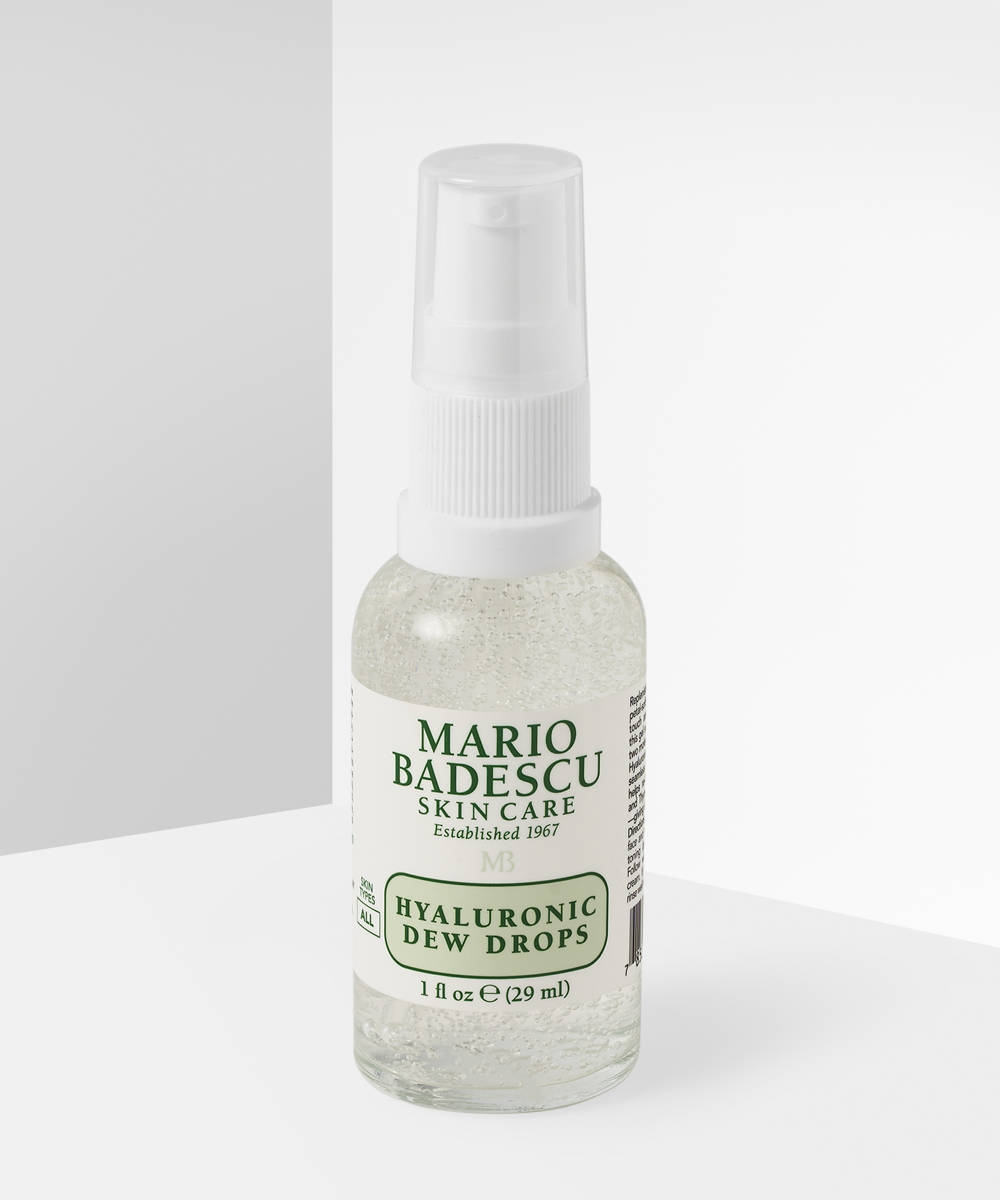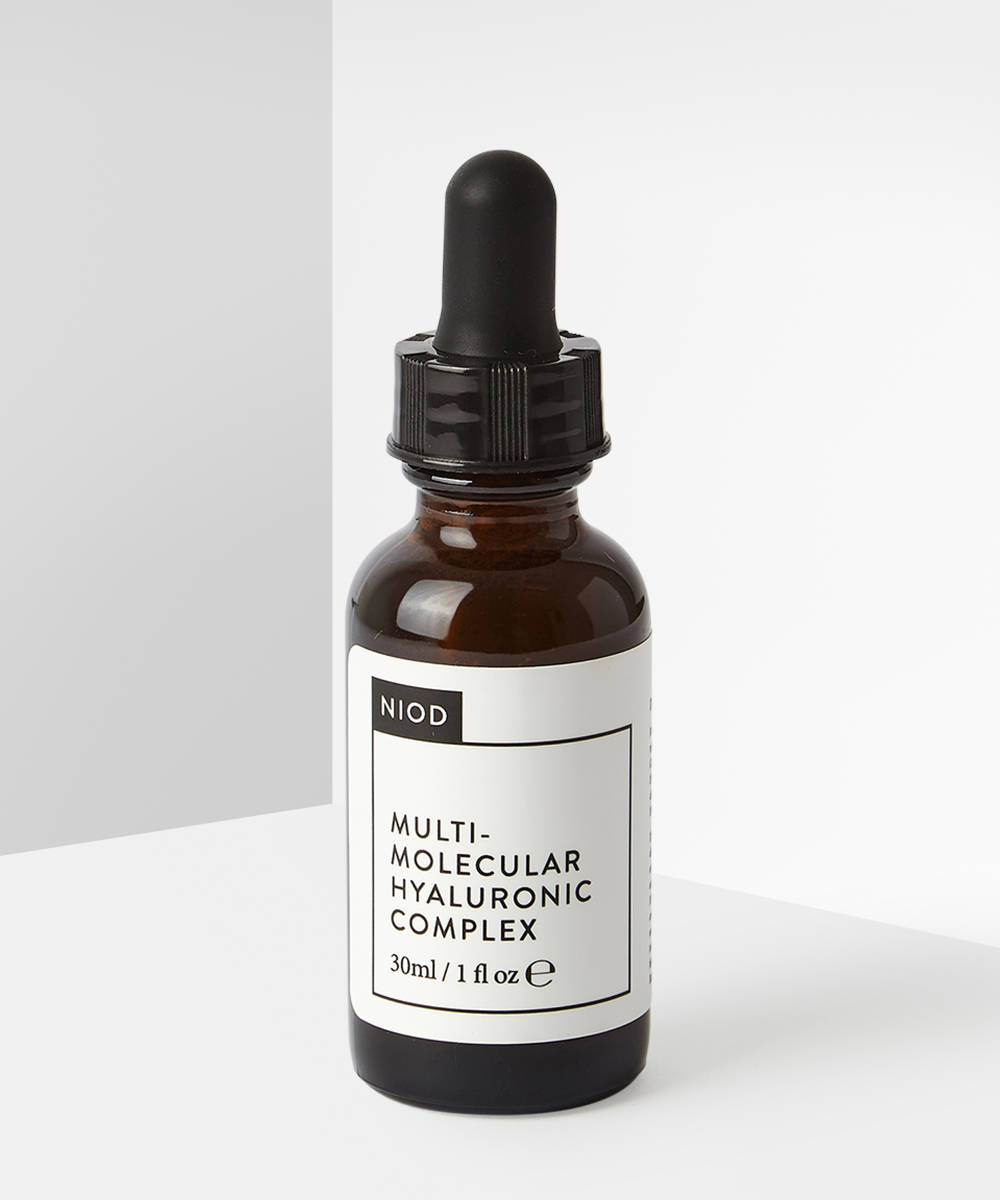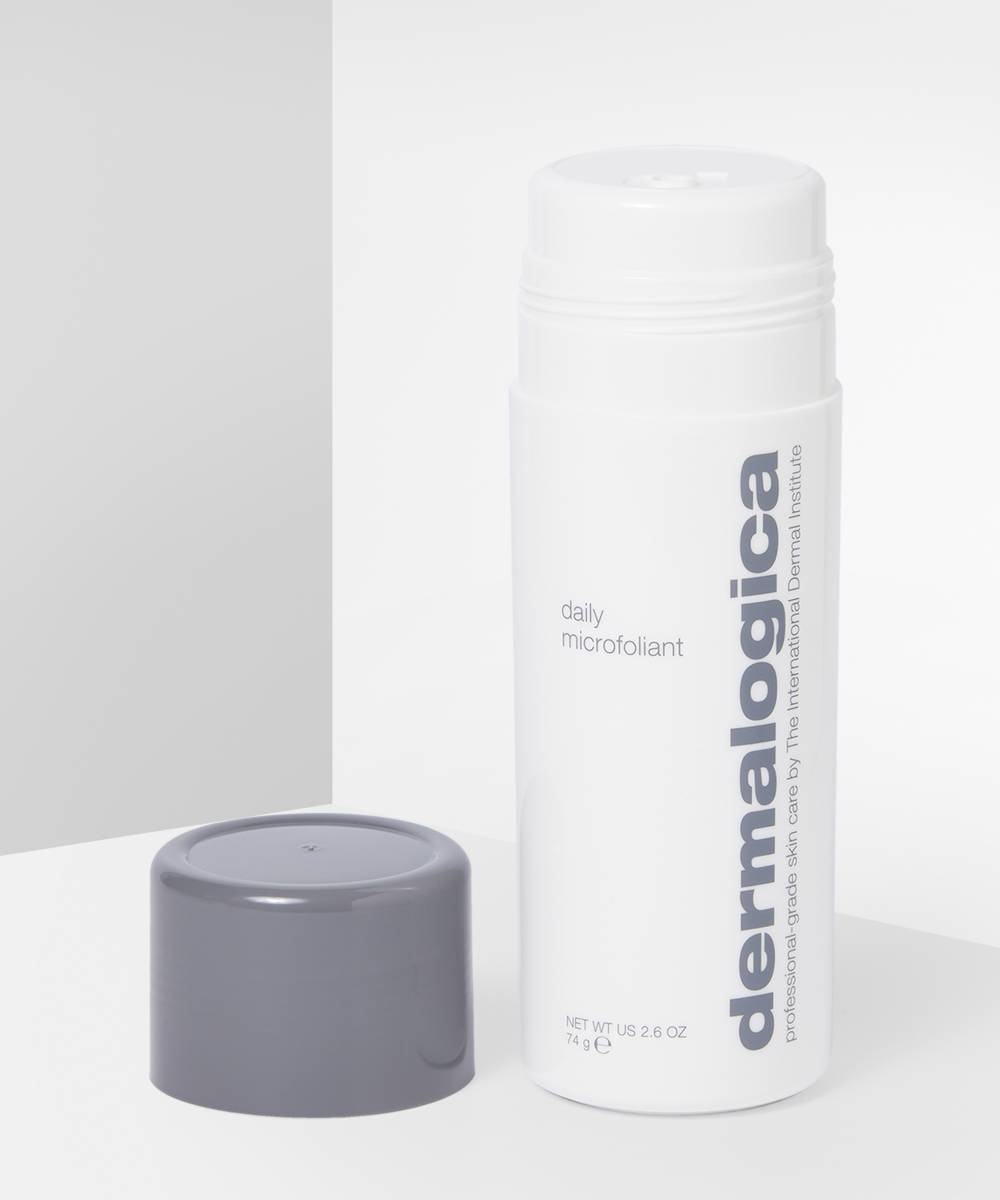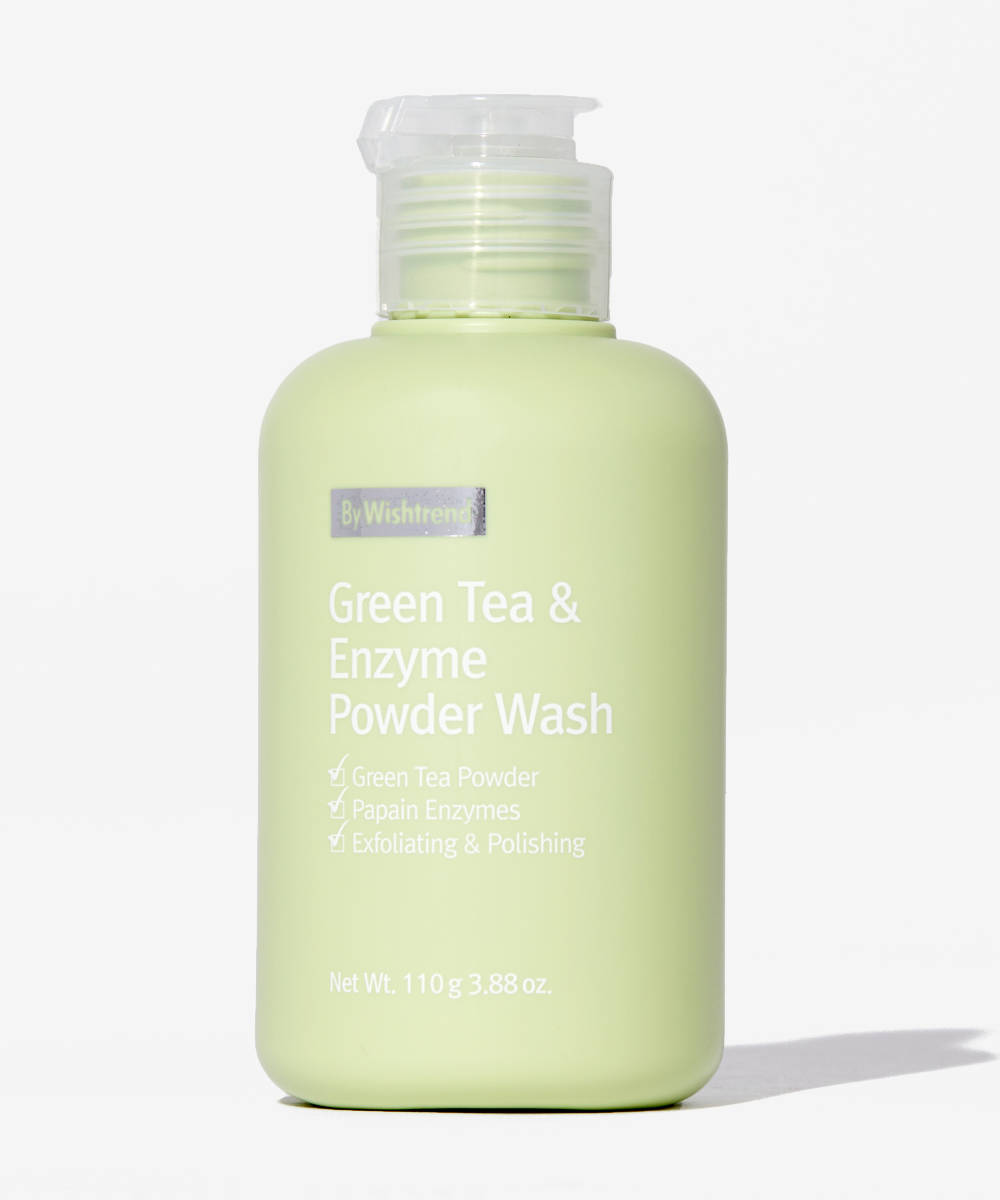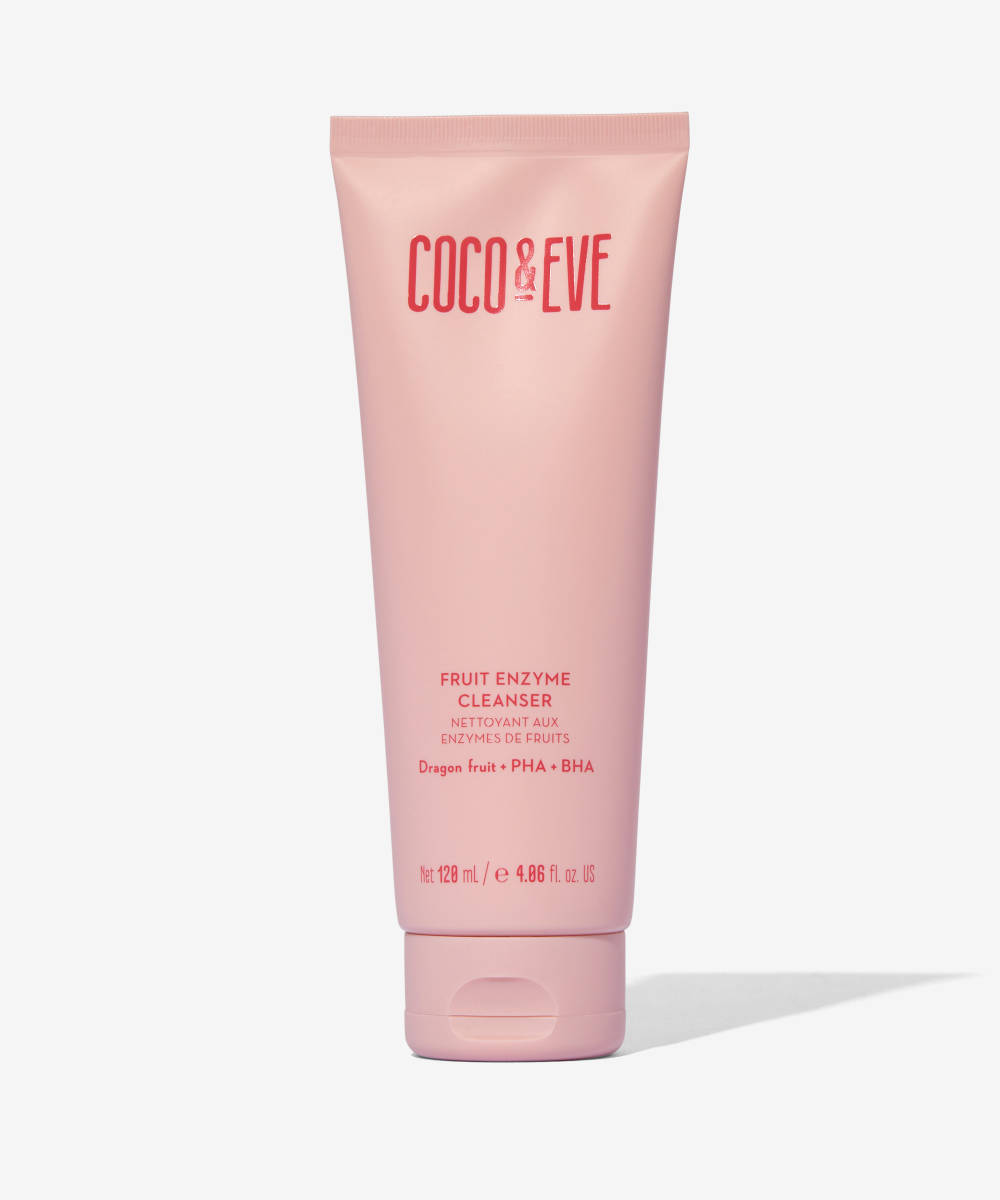Hey Grace,
My skin is usually dry in the winter and oily in the summer. I have followed your advice and started using more nourishing products in the winter which has helped with the dryness, but I’m struggling with finding a routine that works for me all year round. I was wondering if I should change the products that I use for summer?
Tamara
Why you need a summer skincare routine
Changing up your skincare routine seasonally is actually a really important step, especially if you do notice your skin changing throughout the year. It’s totally normal to experience increased dryness in the winter and increased oiliness during the summer, and a one-size-fits-all skincare routine isn’t going to tick all the boxes all year round. During the summer, increased temperatures and humidity can result in increased sebum production, which means many people notice more breakouts, enlarged pores, and oilier skin. In addition, increased sun exposure may mean you experience redness or hyperpigmentation.
May is a great time of year to start making changes to your routine ahead of summer. Scroll down for our top tips.
Our top summer skin tips
1. Get your vitamins
If you’re spending more time out and about then you’re facing increased exposure to UV and pollution—two of the biggest contributing factors in long-term skin damage. Vitamin C is an incredibly effective antioxidant which helps to combat the damaging effects of pollution, smoke, sun exposure. It also promotes collagen and elastin synthesis and inhibits melanin production to reduce the appearance of uneven skin tone and hyperpigmentation. Essentially, if you want bright, glowy skin in time for summer, vitamin C is your BFF.
2. Choose lighter moisturisers
Our skin tends to hold onto moisture better in the spring and summer, so it doesn’t need the same thick, rich reparative creams we slather on our skin during the colder months. Instead look for lighter water-based formulas and gel textures which still provide a powerful hit of hydration, but without the heavy texture and greasy finish.
3. Switch to gel cleansers
The same applies when it comes to cleansers. Oils and balms make great cleansers in the winter because they do their job while also nourishing and moisturising skin. However, as temperatures begin to rise and skin no longer needs so much moisture, you can swap them out for lighter, gel-textured cleansers instead. If your skin seems to get oilier in the warmer months, look out for formulas that contain salicylic acid to help control oil production.
4. Be serious about SPF
If you’re not already wearing SPF 365 days a year, then now is the time to start. UV rays are present all year round and can penetrate through cloud cover and windows, but during spring and summer, with clearer skies and more time spent outside, there’s even more chance you’ll expose yourself to their damage. Make sure you’re using a separate SPF and moisturiser to ensure you’re getting enough protection and for maximum protection, wear a minimum of SPF30.
5. Don’t neglect hydration
While skin might not crave so much moisture when it’s not feeling tight and dry, it’s still important to maintain hydration to support your skin barrier and allow skin to function healthily. Make sure your spring skincare routine includes a hyaluronic acid-based serum – the ingredient helps to draw water into skin and retain it, but is also refreshingly light and will benefit all skin types.
6. Exfoliate gently
Increased heat and humidity can mean your skin feels oilier than usual, and this can also lead to an increase in clogged pores and congestion. Exfoliating regularly will help to remove this buildup, as well as lingering residue from moisturiser, SPF, and makeup. While exfoliating is essential, it’s important not to overdo it. Use gentle enzyme-based exfoliants which will help to remove dead skin, excess oil, and product buildup without irritating or stripping skin.
